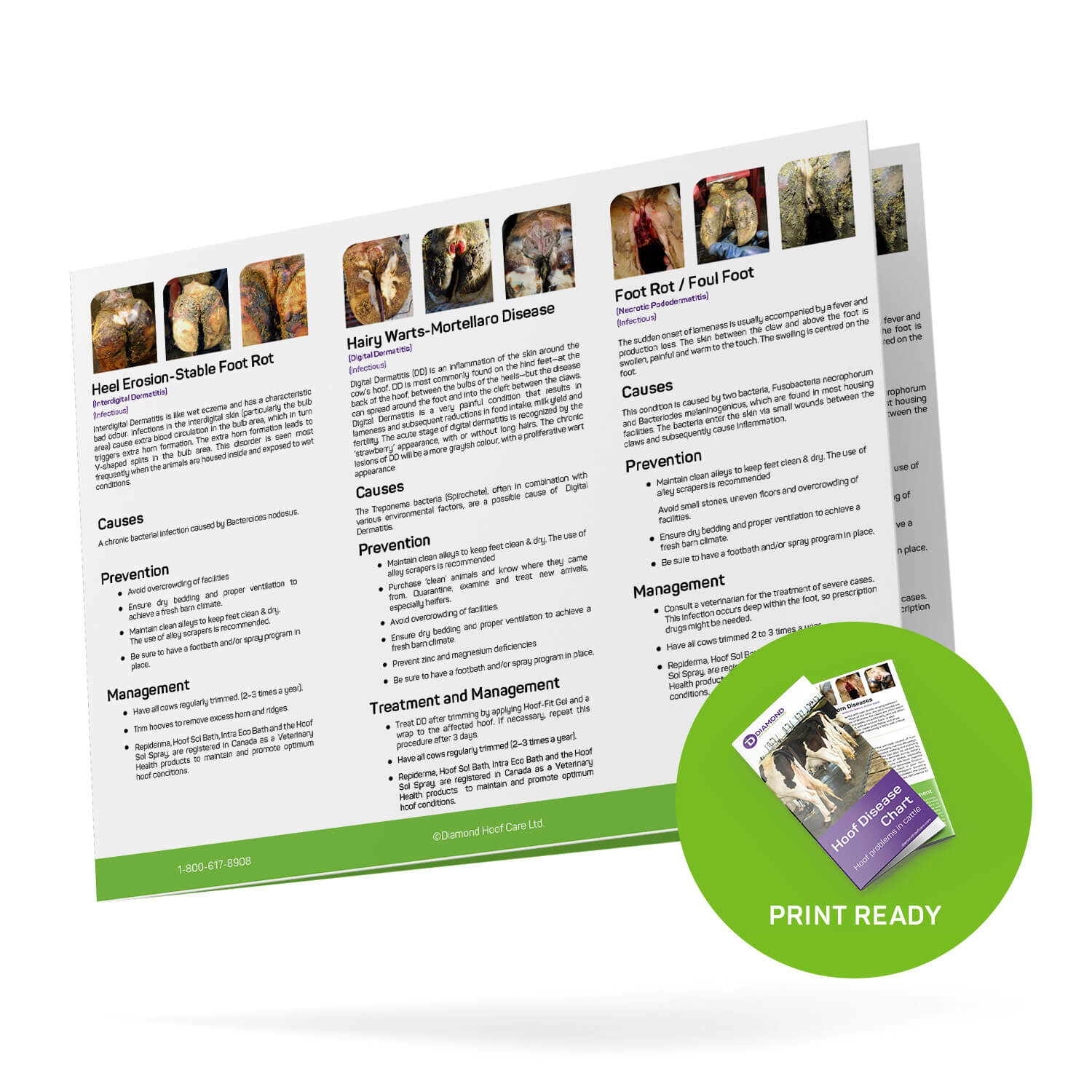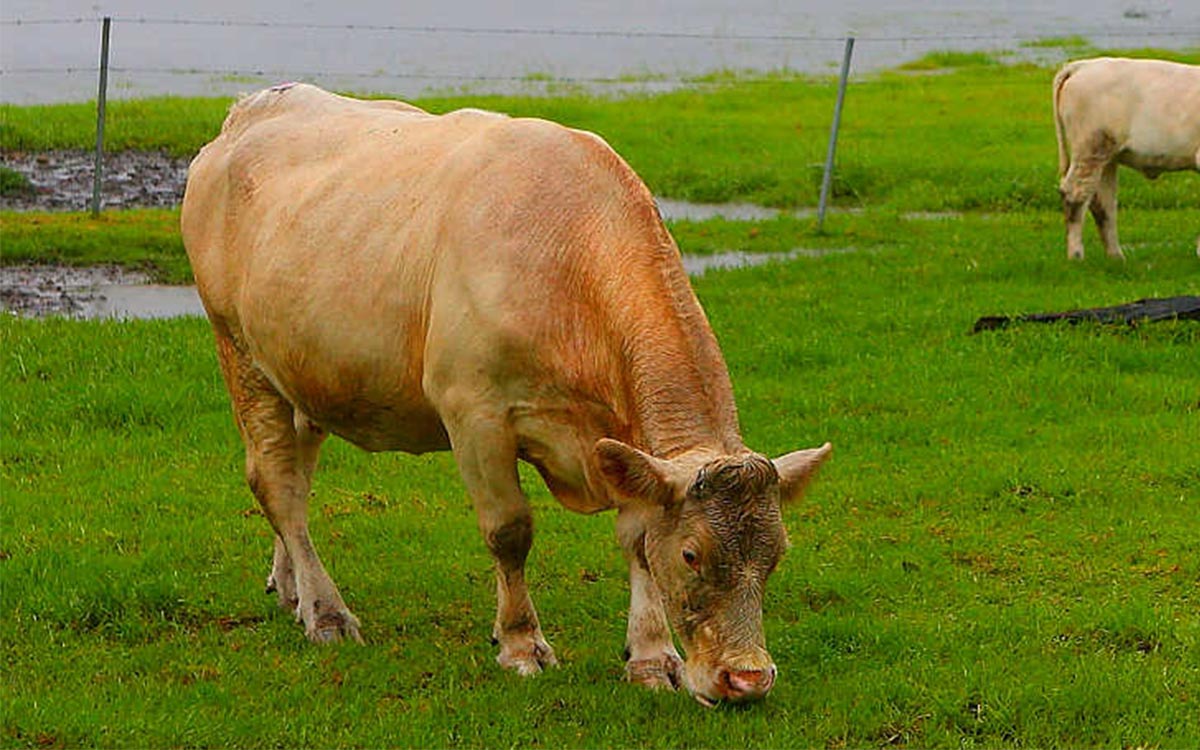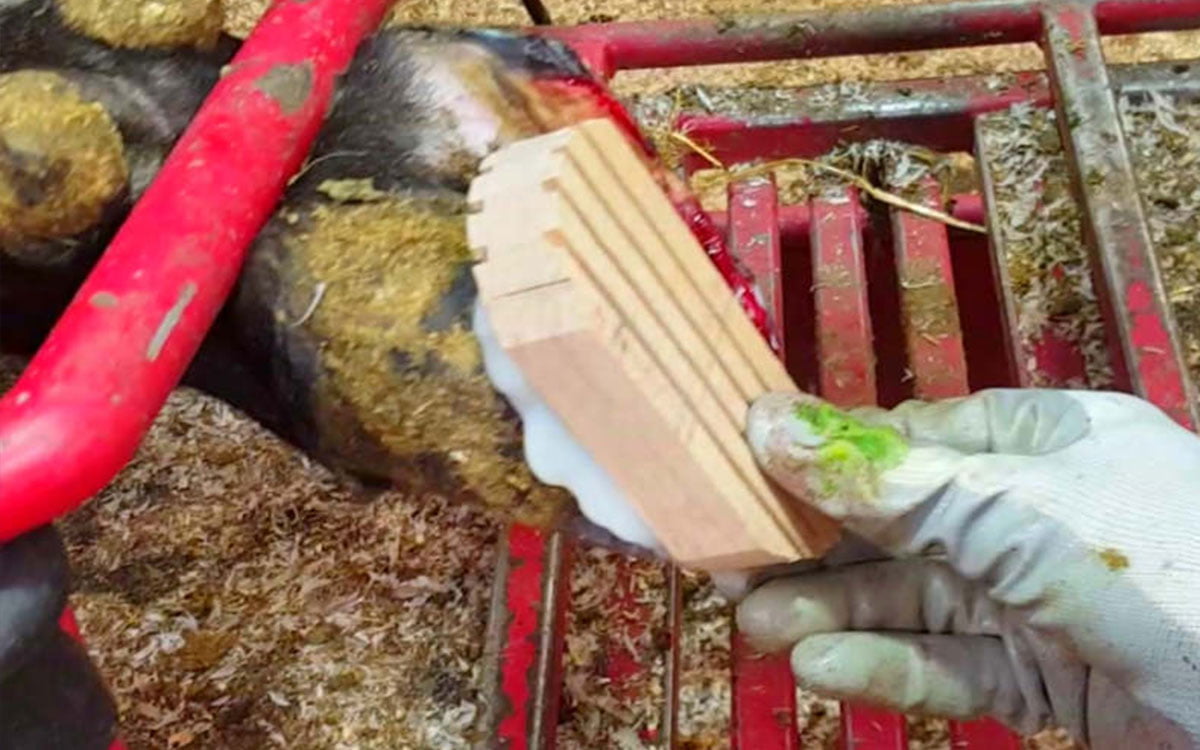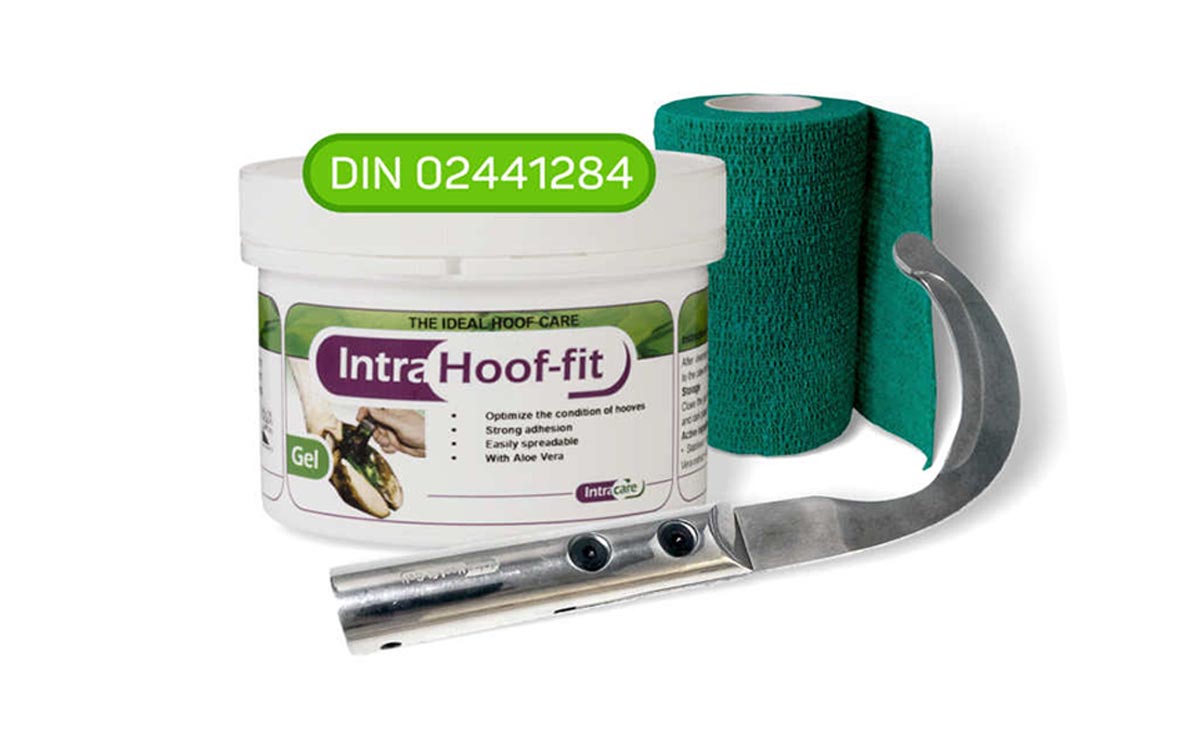A dairy producer recently told me they had a wet spring in their area. This left its mark on the hoof condition of his herd. The farm had its fair share of lameness, and he wanted to know how often they should run their footbath.
In preparing to provide the guidelines he requested, I started with a question aiming to determine the urgency of the situation. This is what I ask first in such cases: “how many cows in your herd are lame and what is the cause of lameness?”
The national lameness average ranges between 25% and 30% at any given time. This is a staggering number given the total of 10 million dairy cows in North America. The most common practice is to run footbaths only to control lameness. In case that doesn’t take care of the problem, a more intensive approach will come into play. The choice is to either trim to salvage or cull the animal.
Looking to the future, I’d like to outline a more economical approach, which will produce instant results and satisfaction. I have witnessed this “gold mine” deliver phenomenal results. Here are the steps to follow:
1. Create a benchmark
How many cows in your herd are actually lame? A great and economical way to determine this number is by trimming (or having trimmed) all animals in the group. Also, make sure you have a preventive trimming program in place. This is something you should discuss with a professional hoof trimmer.
Weekly spraying sessions on the back feet of every single cow are a great benchmarking tool. During these spraying sessions, select all lame animals and schedule a check-up for the next day. You should do this spraying every week to ensure proper coverage until you gain full control.
2. Understand the cause of lameness
There are infectious and non-infectious hoof diseases.
Infectious diseases include:
Non-infectious diseases are:
The treatment and management for each group is different. So, the cause of lameness at your neighbours’ is not necessarily the one you are dealing with.
I have created an easily downloadable hoof disease chart which contains the common hoof disease in cattle. This reference sheet can assist you with the diagnosis of hoof problems.
3. Use a sharp hoof knife to trim a foot properly
This step also includes treating any heel warts (Digital Dermatitis) with Hoof-fit Gel. And if you are looking for a high-quality hoof knife, you can order one (or multiple) in our online store!
4. Use the Hoof-fit Gel on trimming day to brush on every back foot
This will serve as a preventive measure after you clean the foot with a towel.
You have spent time and money to lift the foot but what preventive actions are you taking to combat lameness? The foot is clean, and you can actually see what you are doing. Use this great opportunity.
5. Run a cleansing footbath
At first, start with 2 days every week. Once you gain control, do it for 2 days every other week. It is important to note that this method is the final step in the protocol and does not replace any of the preceding steps.
There are many baths and various bath products on the market. You should always use them according to the manufacturers’ recommendations. Some need daily application and others require twice-weekly use. Some are corrosive, while others cause irritation and can be a health hazard.
The Intra Bath has been installed on thousands of farms around the globe to manage hoof hygiene in a safe way!

In addition, you must heed the danger of environmental contamination that is the result of dumping the contents of the baths into fields.
Moreover, antibiotic residues, and also antibiotic resistance in animals and humans are a concern. Do some shopping around and ask your hoof trimmer or veterinarian for advice.
As a final note, I hope you find this step-by-step guide useful. Let me know if this plan works for you and your herd by contacting me through the Contact page. You can also download this post in a printable format (PDF download), great for sharing with others!




